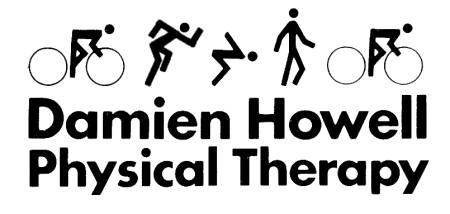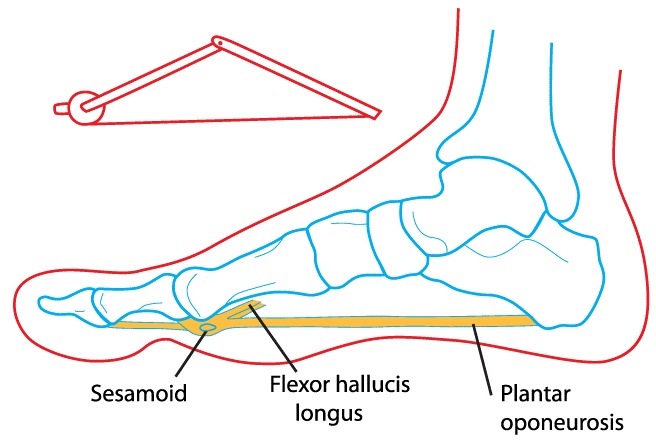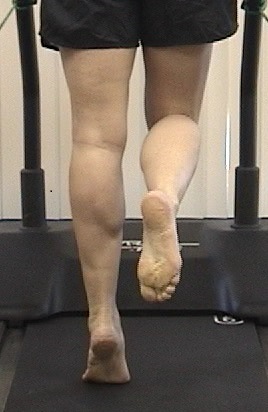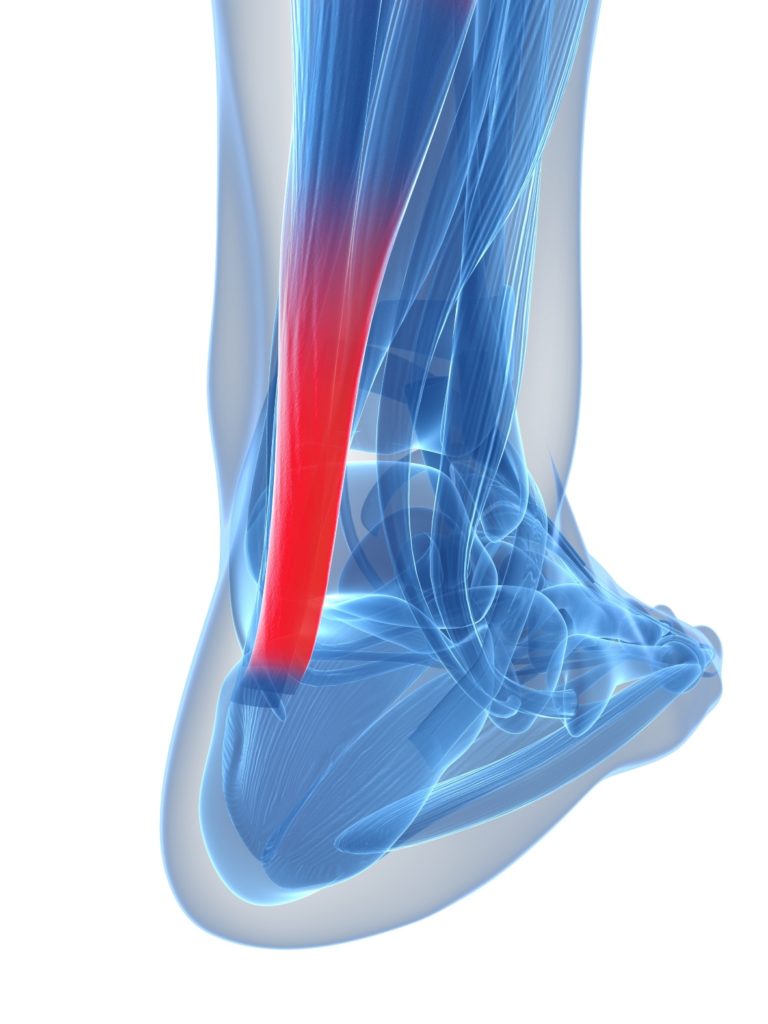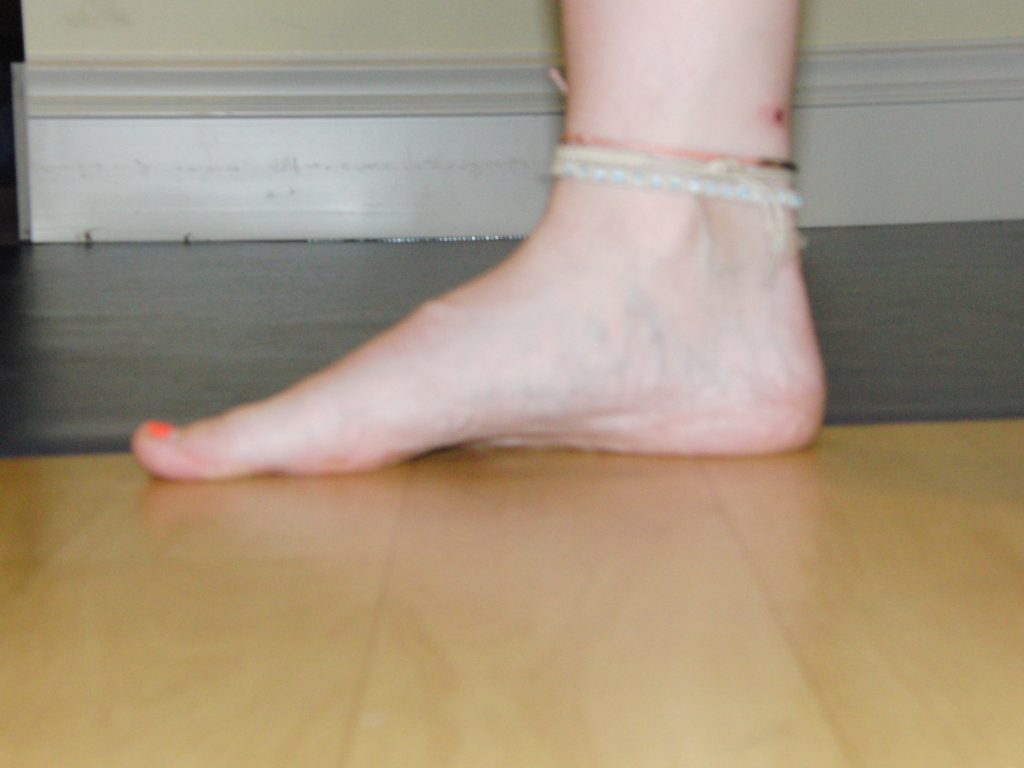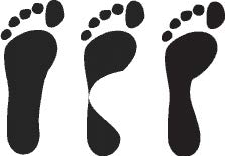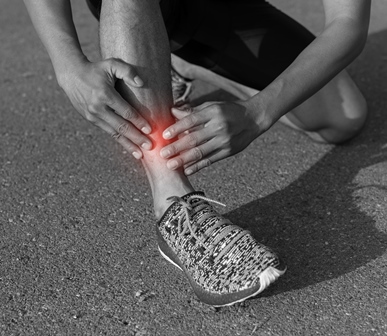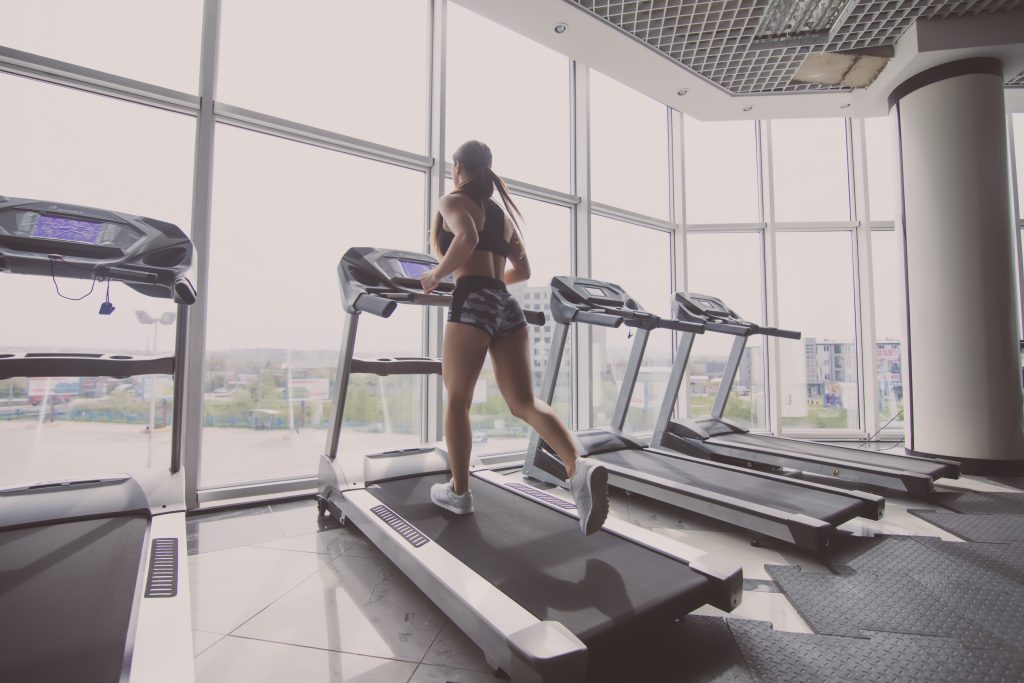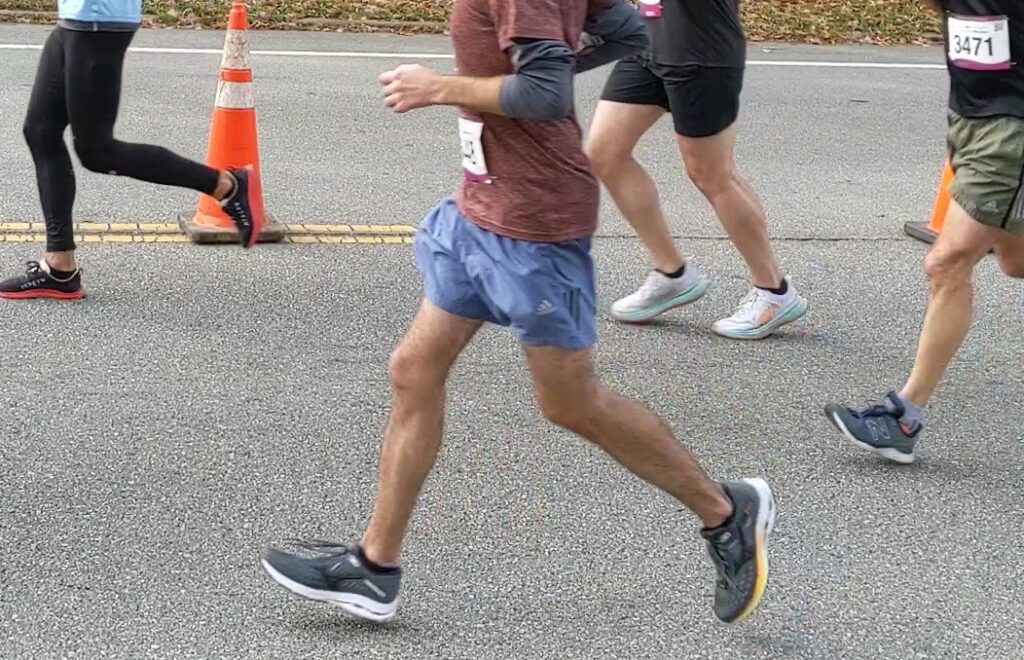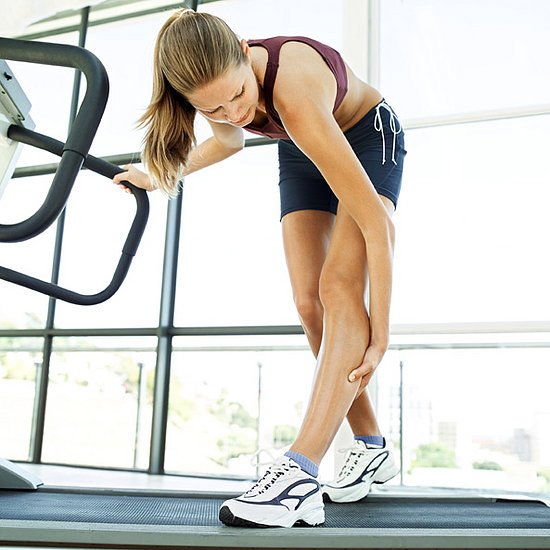Foot & Ankle
Pain on Bottom of Heel: Too Much Big Toe Motion
Pain on the bottom of the heel (Plantar Heel Pain) is a complex problem with variable diagnoses and explanations. And with variable diagnoses there should be variations in treatment. Unfortunately, the common treatment recommendations do not recognize such variability. For example, the universal suggested treatment for plantar heel pain is calf stretching and stretching of…
Read MoreAging Muscles & Tendons: Achilles/Calf Strain
As we age muscles and tendons will change. Calf muscles in older individuals are weaker, smaller, shorter, less stiff, and not as coordinated. Older athletes may experience greater incidence of injuries (Tauton 2003, McKean 2006). Two most common repetitive use injuries in older runners are Achilles tendonopathy and strained calf muscle (Marti 1988). A…
Read MoreGait Analysis – Gait Training for Achilles Tendon Pain
The manner you walk or run can be one of the contributing factors to the development of Achilles tendon problems. If you are experiencing pain in the Achilles when walking or running working with your Physical Therapists and using slow motion video analysis the following model can provide a beginning point to solve the problem.…
Read MoreStrengthening Exercises for Intrinsic Foot Muscles
Exercises to strengthen the foot are frequently used to treat injuries to foot, ankle, knee, hip and low back. Toe curl or toe scrunching exercises is not appropriate for strengthening the muscles intrinsic to the feet. Muscles about the foot and ankle are described as either extrinsic muscles or intrinsic muscles. Extrinsic foot muscles have…
Read MoreEvolution of the running shoe: evidence & opinion
Forty years ago there was only one running shoe designed for long distance running. Itwas a black canvas shoe shaped like a track spike shoe with a gum rubber outsole andConverse was the manufacturer. Now there is a veritable plethora of running shoes tochoose from. Ten years ago I wrote an article highlighting the fact…
Read MoreCreditability of Shoe Selection Based on Foot Print Shape and Injury Risk
Running magazines and internet shoe sales sites often recommend that the shape of the wet foot print should be used to determine which type of running shoe should be selected. There is a common belief that a foot print reflecting low arch (flat feet) should select shoes designed for “motion control”. Motion control shoes are presumed to control excessive motion…
Read MoreGait Analysis – Examination and Treatment of Shin Splints
The manner in which you walk or run can be a factor contributing to a repetitive use injury of the lower extremity. Pain in the lower leg, commonly called shin splints, occurs in response to a variety of activities including dancing, jumping rope, walking, and running. Novice runners and individuals with poor fitness level frequently…
Read MoreRecovering from lower leg, ankle, heel injury using treadmill
A basic concept for treating any repetitive use injury is rest and avoiding the activity; whether it is a running injury or elbow pain from opening too many beer bottles. However for many individuals a period of rest and avoiding the activity can disrupt an active life style, and sometimes adversely affect a career. Individuals…
Read MoreShock – Injury – Cadence – Quiet
How hard a walker or runner impacts the ground can be described with several biomechanical terms, including vertical impact loading rate, braking impulse force, and shock. Scientists have determined it is not the magnitude of force, but the rate at which the force is transmitted from the ground to the foot and leg that is…
Read MoreShin splints – shock absorption, stride length
The term shin splints refer to a painful condition that develops in the lower leg, usually along the tibia bone, in response to exercise or activity. Shin splints are a common problem for novice runners, dancers, field hockey, basketball, baseball and tennis players, and even walkers. Shin splints can be classified into different problems including: tendonitis,…
Read More